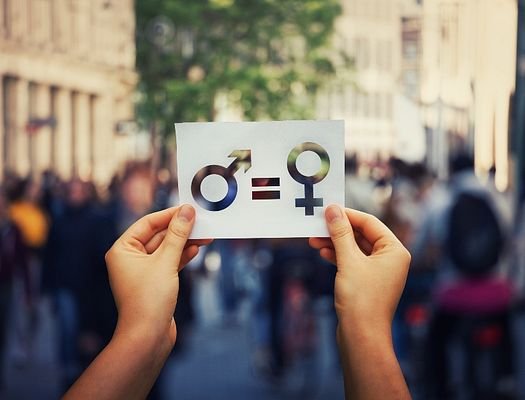Women and girls represent half of the world’s population and therefore half of the world’s potential. As the United Nations rightly states, gender equality is not only a fundamental human right, it is essential to realizing the full potential of human beings and achieving sustainable development in peaceful societies.
The fight for gender equality is a long-standing global challenge, but how is the world making progress? The findings of the World Economic Forum’s (WEF) latest Global Gender Gap Report 2024 are mixed.
The gender gap 68.5 percent in 2024This represents a slight improvement of 0.1 percentage points compared to the previous year. Gender gaps in global health and survival closed 96 percent. of Educational Achievement Gap closed 94.9 percent of Economic Participation Gap closed 60.5 percentand the Political power gap closed 22.5 percent.
However, significant progress remains to be made to achieve full gender equality, and the report states: 131 years Achieving perfect equality Between women and men Spanning five generationsuntil the year 2158Exceeding the 2030 Sustainable Development Goals (SDG) targets.
Not surprisingly, Europe leads the 2024 regional gender gap rankings, expecting to close 75% of its gap by 2024, marking an overall improvement of 6.2 percentage points since 2006. Meanwhile, the Middle East and North Africa has the lowest gender equality score of all regions, with 61.7%. Despite this result, the region has been on an overall positive trajectory since 2006, with a gender gap score increasing by 3.9 percentage points.


Where does India stand?
South Asia ranks 7th out of 8 regions globally with a gender equality score of 63.7%, an improvement of 3.9 percentage points since 2006. Bangladesh is the first country in the region to achieve a double-digit ranking at 99th place.
India has made modest improvements in women’s economic participation and opportunities, and performs relatively well in the political empowerment index (65th place) compared to other indicators. However, its overall performance in South Asia is of particular concern. India will close only 64.1% of its gender gap in 2024, resulting in Overall ranking: 129thThis is slightly lower than in 2023 (127), behind only the Maldives and Pakistan.
Top 10 most gender equal countries in the world:

While no country has yet achieved complete gender equality, on a more positive note, the Global Gender Gap Report finds that the top 10 countries out of 146 countries in the world have significantly narrowed their gender gaps, driving progress and leading the way in terms of gender equality.
Notably, Iceland continues to lead the global rankings having closed 93.5% of its gender gap, maintaining its position as the top economy in the index for over 15 years. Of the remaining nine economies in the top 10, a staggering eight have closed more than 80% of their gender gaps.
First uploaded: 24 June 2024 12:59 IST


